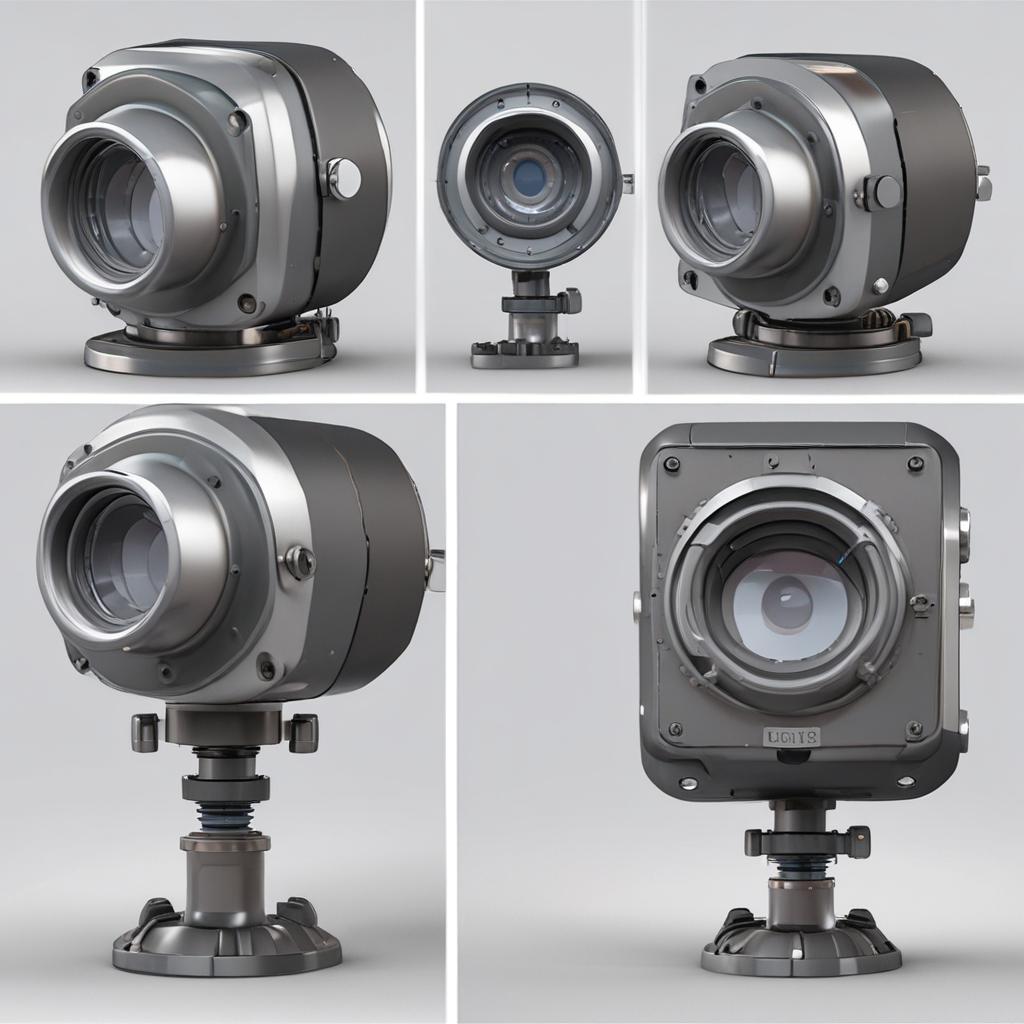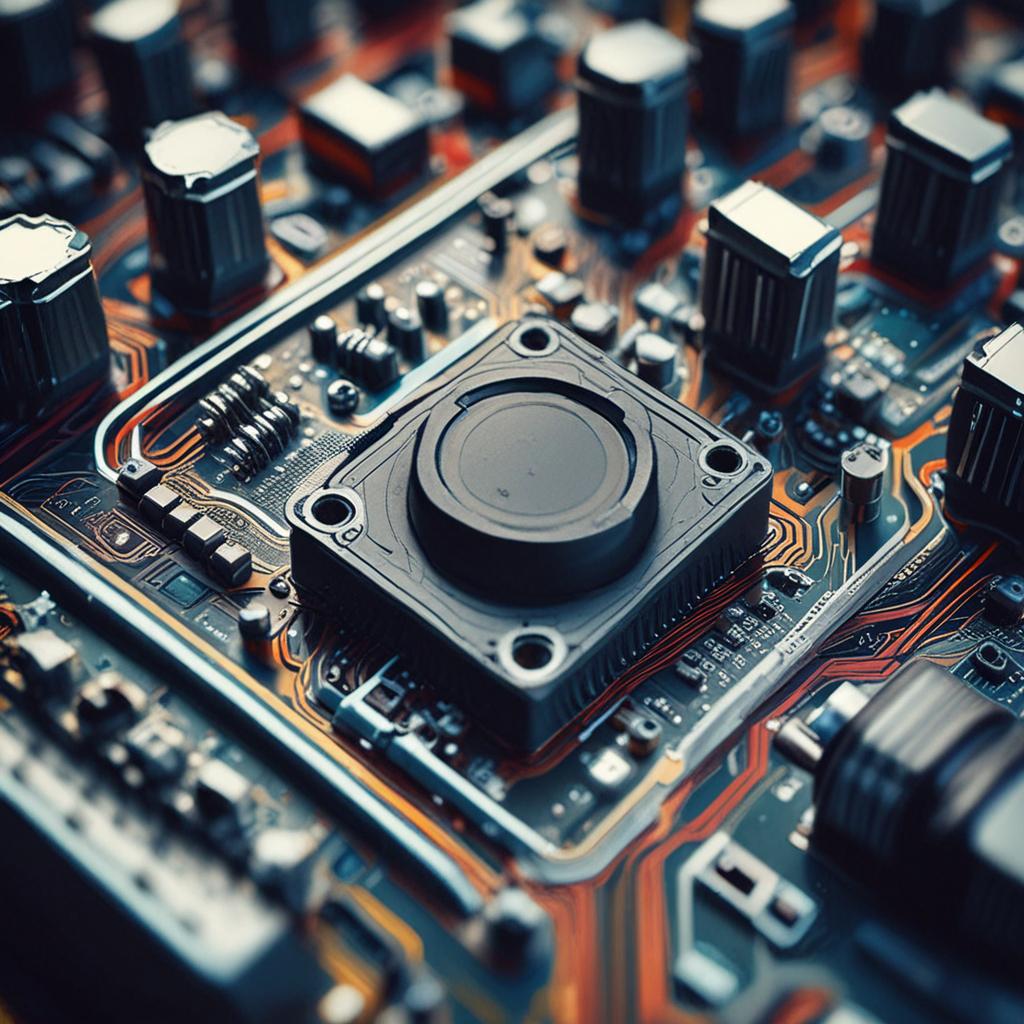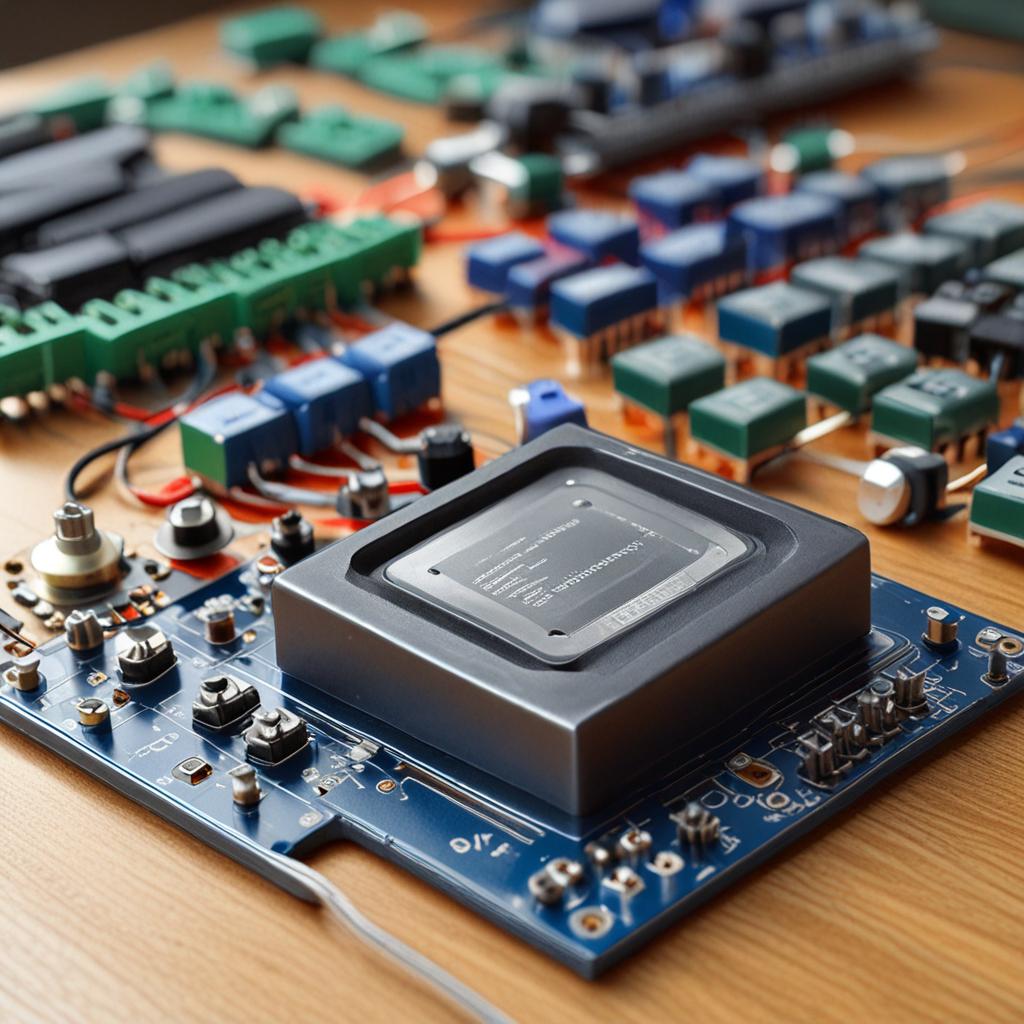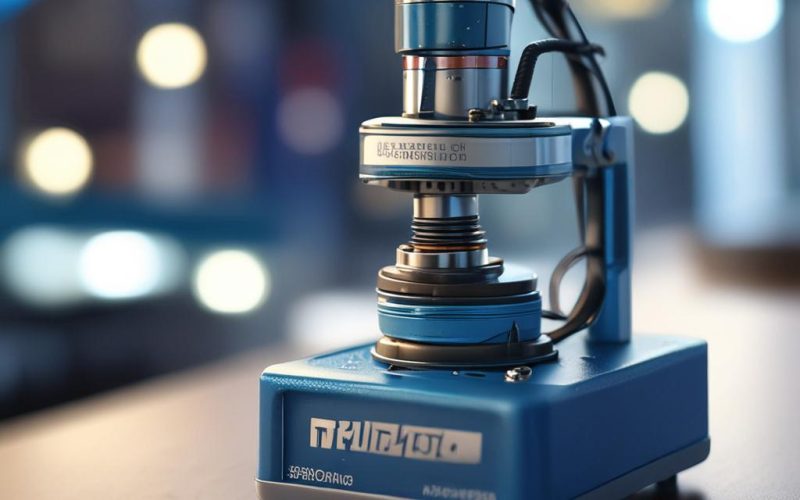Table of Contents Show
In the realm of robotics and automation, the ability to sense and navigate around obstacles is crucial. One effective way to achieve this is by combining ultrasonic sensors with servo motors for precise obstacle scanning. This technology enables machines to detect and map their environment, enhancing navigation and safety in various applications. Whether it’s a robotic vacuum cleaning your home or an autonomous vehicle traversing busy streets, the integration of ultrasonic sensors and servo motors plays a pivotal role in ensuring smooth and efficient operation.
Overview of the Technology
Ultrasonic sensors and servo motors together form a powerful duo for obstacle scanning. Ultrasonic sensors work by emitting high-frequency sound waves and measuring the time it takes for the echoes to return, thereby calculating the distance to an object. Servo motors, on the other hand, provide precise angular control, allowing the sensor to be moved to different positions for comprehensive scanning. This combination is invaluable in robotics, where precise movement and accurate distance measurement are essential.

Applications and Benefits
Features table for Applications and Benefits
Using ultrasonic sensors and servo motors for obstacle scanning is beneficial in numerous applications. In robotics, these systems enable autonomous navigation and obstacle avoidance, making robots more efficient and safer. Autonomous vehicles rely on this technology to detect and avoid obstacles on the road, ensuring passenger safety. Smart home devices, like robotic vacuums, use these sensors to navigate around furniture and other obstacles, improving their cleaning efficiency. The benefits include enhanced navigation, increased safety, and improved operational efficiency.
Principles of Operation
Ultrasonic sensors operate by emitting ultrasonic waves and measuring the time it takes for these waves to bounce back from an object. The distance to the object is then calculated using the time-of-flight principle. However, the accuracy of ultrasonic sensors can be affected by environmental factors such as temperature and humidity. High temperatures can cause the sound waves to travel faster, resulting in incorrect distance measurements, while high humidity can absorb the ultrasonic waves, reducing the sensor’s range.
Types of Ultrasonic Sensors
There are various types of ultrasonic sensors available, each suited for different applications. Analog ultrasonic sensors provide a continuous output voltage proportional to the distance, making them ideal for precise measurement tasks. Digital ultrasonic sensors, on the other hand, provide discrete distance readings, making them suitable for binary obstacle detection. Additionally, there are ultrasonic sensors with varying ranges and resolutions, allowing for flexibility in choosing the right sensor for a specific application.
Basics of Servo Motor Operation
Servo motors are precision control devices that rotate to specific angles based on input signals. They consist of a motor, a gearbox, and a control circuit. The control circuit receives signals from a microcontroller and adjusts the motor’s position accordingly. This precise angular control makes servo motors ideal for tasks that require accurate positioning, such as scanning with an ultrasonic sensor.
Choosing the Right Servo Motor
When selecting a servo motor for obstacle scanning, consider factors such as torque, speed, and control precision. High torque is necessary for moving the ultrasonic sensor through various positions, while high speed ensures quick scanning. Control precision is crucial for accurate positioning. Additionally, ensure that the servo motor is compatible with the ultrasonic sensor and the microcontroller or control system being used.
Integrating Ultrasonic Sensors with Servo Motors
Hardware Setup
Setting up the hardware involves connecting the ultrasonic sensor and servo motor to a microcontroller, such as an Arduino. Begin by connecting the power and signal pins of the ultrasonic sensor and servo motor to the appropriate pins on the microcontroller. Ensure that the power supply is stable and sufficient for both components. Choose a microcontroller with enough I/O pins and processing power to handle the tasks. The Arduino IDE is a popular programming environment for this setup due to its ease of use and extensive libraries.

Software Implementation
Writing the code to control the servo motor’s movement based on distance readings from the ultrasonic sensor involves several steps. Start by initializing the sensor and motor in the code. Then, write a loop to read the distance from the ultrasonic sensor and move the servo motor to the corresponding angle. Calibration is essential to ensure accurate distance measurements and smooth motor movement. Timing considerations and data interpretation are also crucial for reliable operation.
Implementing Obstacle Scanning
Scanning Algorithms
Various algorithms can be used for obstacle scanning, such as sweeping the servo motor through a range of angles and recording distances at each step. This method provides a comprehensive map of the environment. The trade-offs between resolution, speed, and complexity need to be considered. Higher resolution scans provide more detailed information but take longer to complete. Simpler algorithms may be faster but less accurate.
Data Processing and Interpretation
Processing and interpreting the data collected during scanning involve filtering out noise, calculating distances, and mapping the environment. Noise filtering can be done using algorithms like moving averages or Kalman filters. Distance calculations are based on the time-of-flight principle. Mapping the environment involves creating a 2D or 3D representation of the surroundings, which can be done using libraries or frameworks like ROS (Robot Operating System).
Applications and Projects
Real-World Examples
There are numerous real-world examples of projects that utilize ultrasonic sensors and servo motors for obstacle scanning. Line followers use these sensors to navigate along a path marked by a line. Robotic arms use them for precise movement and obstacle avoidance. Security systems use them to detect intruders by scanning for movement in restricted areas. These innovative applications highlight the potential for future development in this field.
DIY Projects for Beginners
For beginners, simple DIY projects are a great way to learn about and experiment with ultrasonic sensor and servo motor integration. A basic obstacle avoidance robot is an excellent starting point. This project involves setting up an ultrasonic sensor and servo motor on a small robot chassis and writing code to avoid obstacles. Another project could be a smart parking assistant that helps drivers park their cars by scanning for obstacles in the parking space.

Conclusion
Combining ultrasonic sensors with servo motors for obstacle scanning opens up a world of possibilities in robotics and automation. This technology enables machines to navigate and interact with their environment more effectively, enhancing safety and efficiency. As we continue to innovate in this field, we can expect even more advanced and efficient obstacle scanning systems in the future. Whether you’re a hobbyist or a professional, exploring this technology can lead to exciting projects and breakthroughs.
FAQ
Q: What are the advantages of using ultrasonic sensors over other distance measurement technologies?
Answer: Ultrasonic sensors are advantageous due to their low cost, ease of use, and decent range accuracy, making them suitable for many applications.
Q: How do I calibrate my ultrasonic sensor and servo motor system for accurate obstacle scanning?
Answer: Calibration involves adjusting the sensor’s timing and the motor’s positioning to ensure accurate distance measurements and smooth movement. This often requires tweaking code parameters and physically adjusting the setup.
Q: Can I use other types of sensors or motors for obstacle scanning, and what are their pros and cons?
Answer: Yes, other sensors like infrared or lidar, and motors like stepper motors, can be used. Each has its pros (e.g., higher accuracy, faster movement) and cons (e.g., higher cost, complexity), which should be considered based on the specific application requirements.
Q: What programming languages and platforms are commonly used for controlling ultrasonic sensors and servo motors?
Answer: Languages like C++, Python, and Java are popular, along with platforms such as Arduino, Raspberry Pi, and ESP32, due to their extensive libraries and community support.
Q: How can I ensure the reliability and stability of my obstacle scanning system in various environments?
Answer: Ensuring reliability involves testing the system in different conditions (e.g., varying lighting, temperatures), implementing error correction algorithms, and possibly using redundant sensors or motors to mitigate failures.




